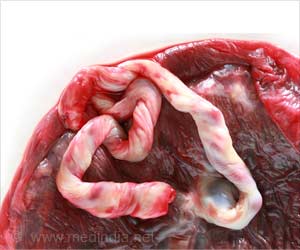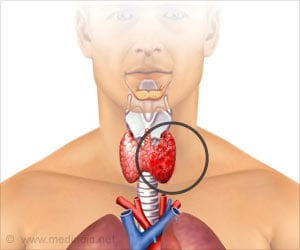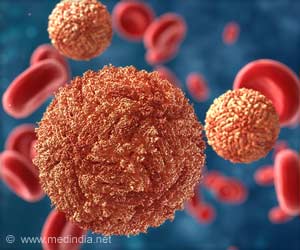New publication reveals that physicians have a lot more information to share with their patients regarding the benefits and risks of LDCT lung cancer screening

The authors report that the NLST initial-screening results are reflective of other large trials with regard to positive LDCT versus CXR results, with more positive screening exams [7191 vs. 2387, respectively], more diagnostic procedures [6369 vs. 2176, respectively], more biopsies and other invasive procedures [297 vs. 121, respectively], and more lung cancers seen in the LDCT arm than in the CXR arm during the first screening round of NLST [292 vs. 190, respectively]. Although these results were generally anticipated, a key reason to publish the data was to document the exact differences between the two arms. "Although we did see that CT resulted in referring more patients for additional testing, the question comes down to whether the 20 percent reduction in mortality is worth the additional morbidity introduced by screening high-risk patients," says Church. He notes that although there were more follow-up procedures in the LDCT versus the CXR arm, it was encouraging to confirm that the number of individuals who actually had a more invasive follow-up procedure was quite small.
Another encouraging result reported is the high rate of compliance in performing the LDCT examination as specified in the research protocol across the 33 imaging facilities that carried out the study. "The sites complied with the low-dose CT imaging protocol specifications in 98.5 percent of all studies performed, which is outstanding considering the many thousands of scans performed," states Denise R. Aberle, M.D., the national principal investigator for NLST ACRIN and site co-principal investigator for the UCLA NLST team. Aberle, a member of the UCLA Jonsson Comprehensive Cancer Center, professor of Radiology and Bioengineering and vice chair for Research in Radiology at UCLA, also emphasizes that the first-screen result strongly suggests that CT lung cancer screening programs with radiologists who possess similar expertise and interpret similar numbers of CT cases that are obtained on scanners of the same caliber or better as those required for the NLST are likely to have results similar to those reported in the paper.
"What we’’ve learned from the analysis of the first-screen results provides clinicians additional facts to discuss with patients who share similar characteristics as the NLST participants (current or former heavy smokers over the age of 55)", says Church. "The results also caution against making blanket lung cancer screening recommendations, because each person’s trade-off between the risk of having an unnecessary procedure and the fear of dying of lung cancer is uniquely individual."
"Today’s publication represents the type of immensely important data NLST will continue to provide about lung cancer screening in the United States," says Mitchell J. Schnall, M.D., Ph.D., ACRIN Network Chair, group co-chair of the ECOG-ACRIN Cancer Research Group and chair of the Radiology Department of the University of Pennsylvania. "I congratulate the NLST team on its ongoing effort to continue to mine information from the NLST trial to help guide patient, clinician and health care policy decisions."
About ECOG-ACRIN
The ECOG-ACRIN Cancer Research Group designs and conducts biomarker-driven cancer research involving adults who have or are at risk of developing cancer. ECOG-ACRIN was formed in May 2012 by the merger of the Eastern Cooperative Oncology Group (ECOG) and the oncology program of the American College of Radiology Imaging Network (ACRIN). ECOG-ACRIN has integrated therapeutic and diagnostic imaging-based research disciplines with the latest bioinformatics technologies into a single scientific organization. With its capacity to explore integral biomarkers, including imaging markers of response and prognosis, ECOG-ACRIN is poised to achieve patient-centered research breakthroughs across the cancer care continuum, from prevention and screening through the treatment of metastatic disease. www.ecog-acrin.org.
Advertisement
ACRIN engages a global network of investigators dedicated to advancing the practice of medical imaging through the conduct of multicenter clinical trials that deliver critical information to improve patient care. The network’s imaging research encompasses a broad range of disease types including cardiovascular, neurological, and oncologic and imaging modalities including advanced MRI and CT, PET with novel radiotracers and new technology such as tomosynthesis. ACRIN is administered by the American College of Radiology and is headquartered at the ACR Clinical Research Center in Philadelphia, PA. The ACRIN Biostatistics Center is located at Brown University in Providence, RI.
Source-Newswise














